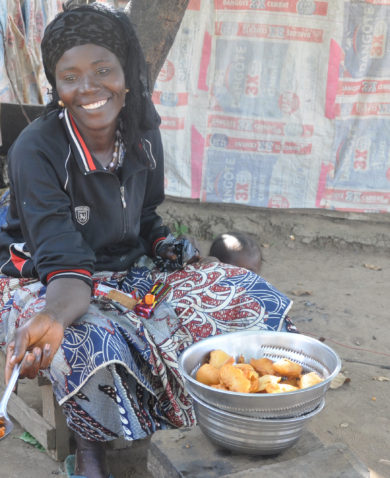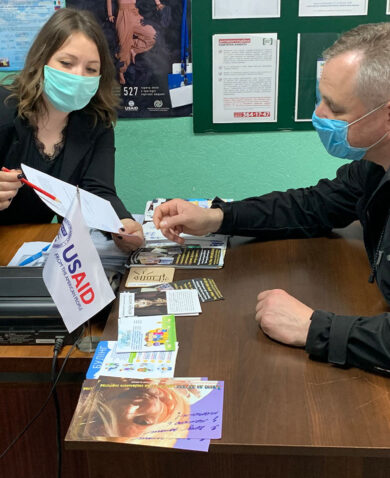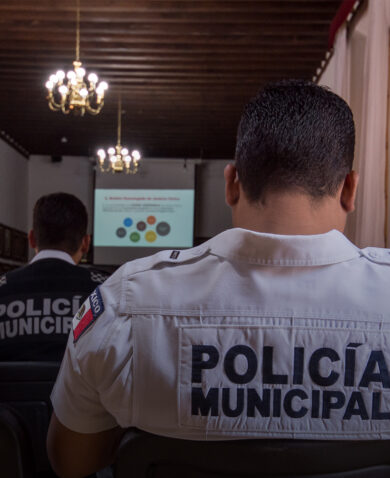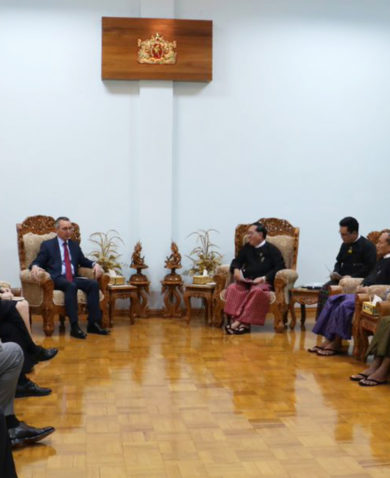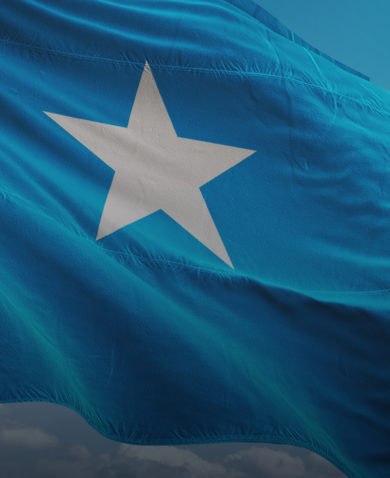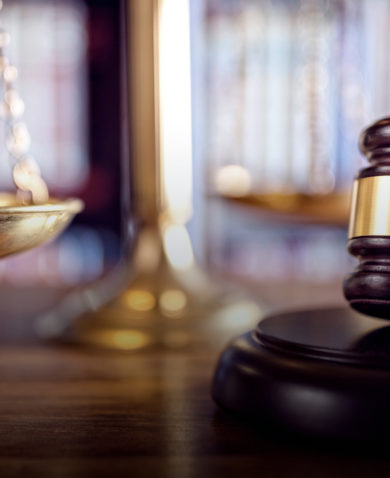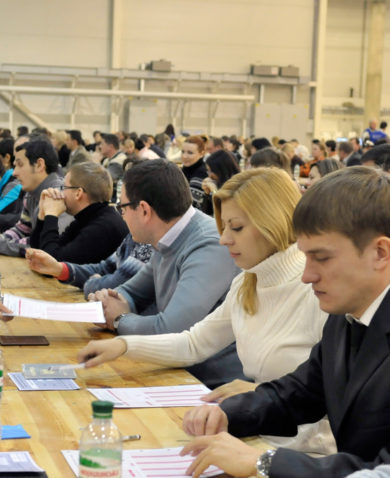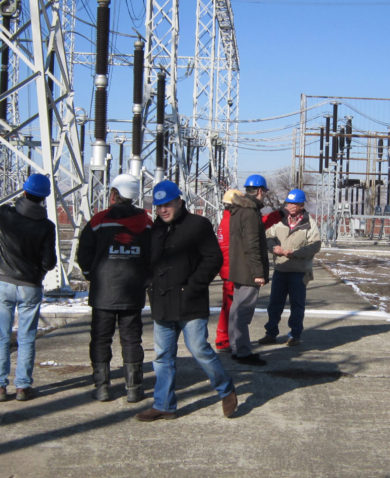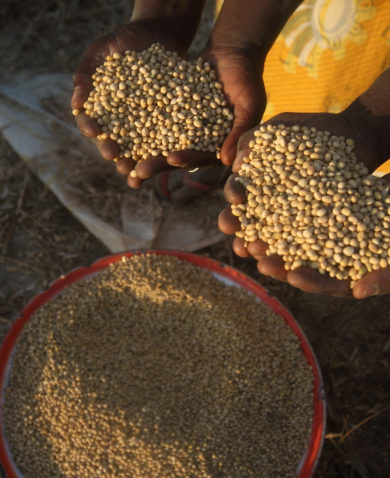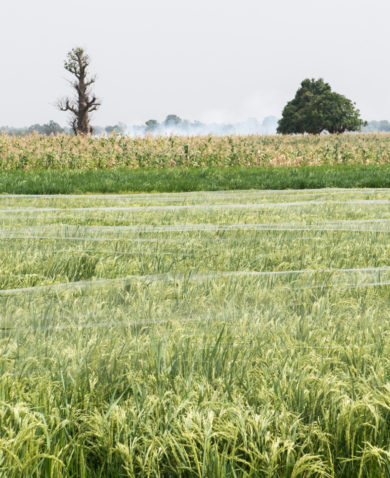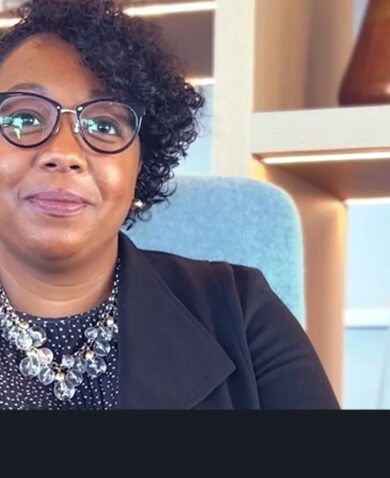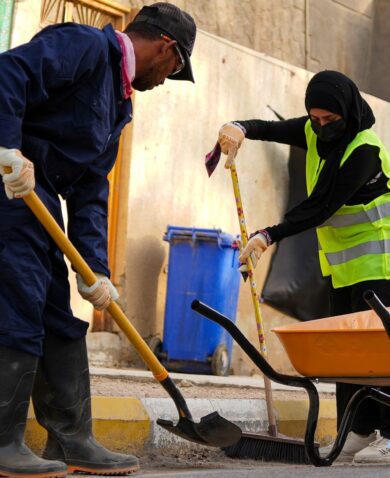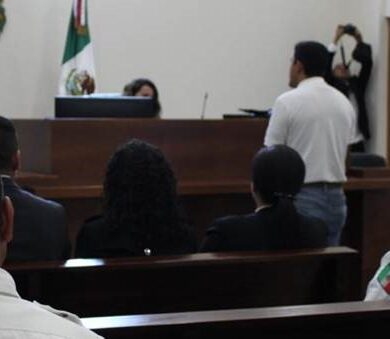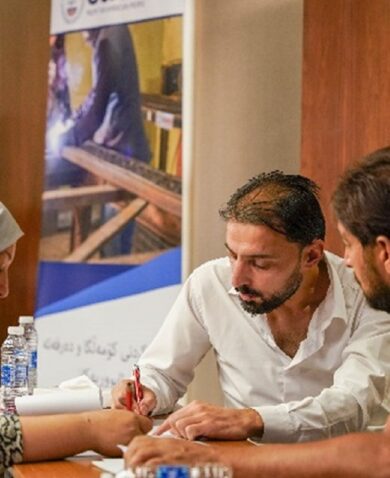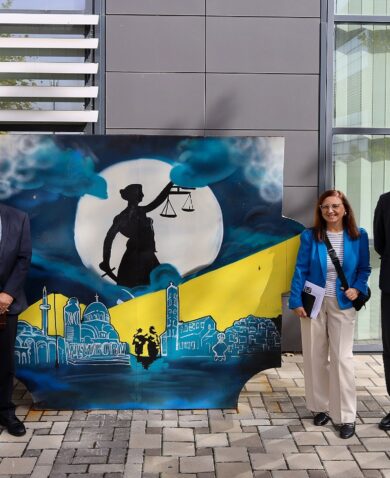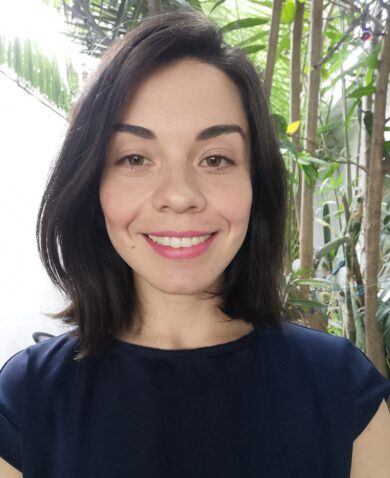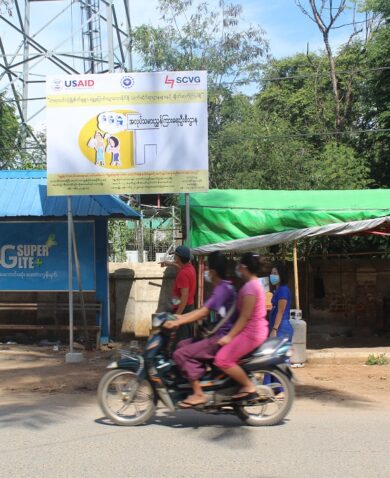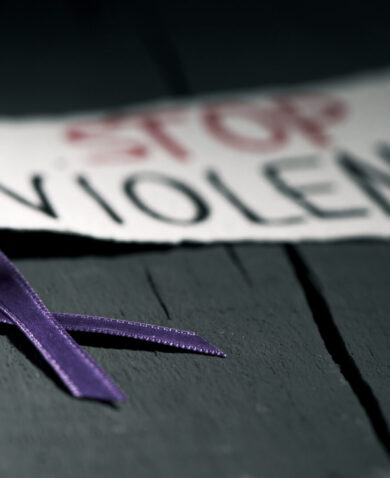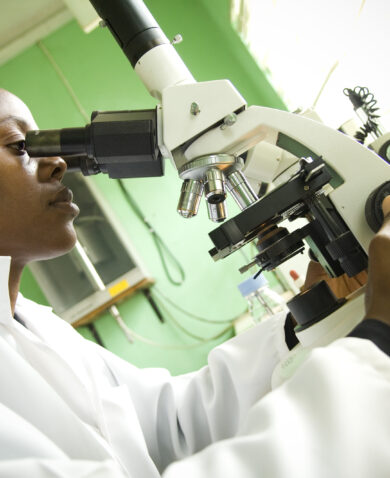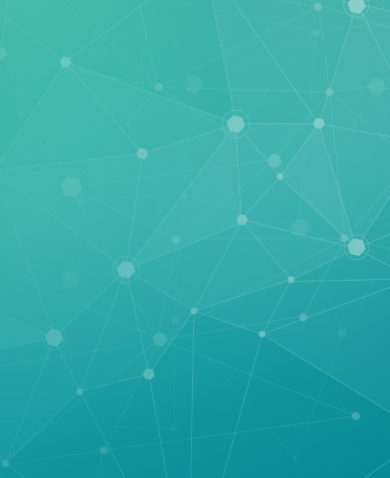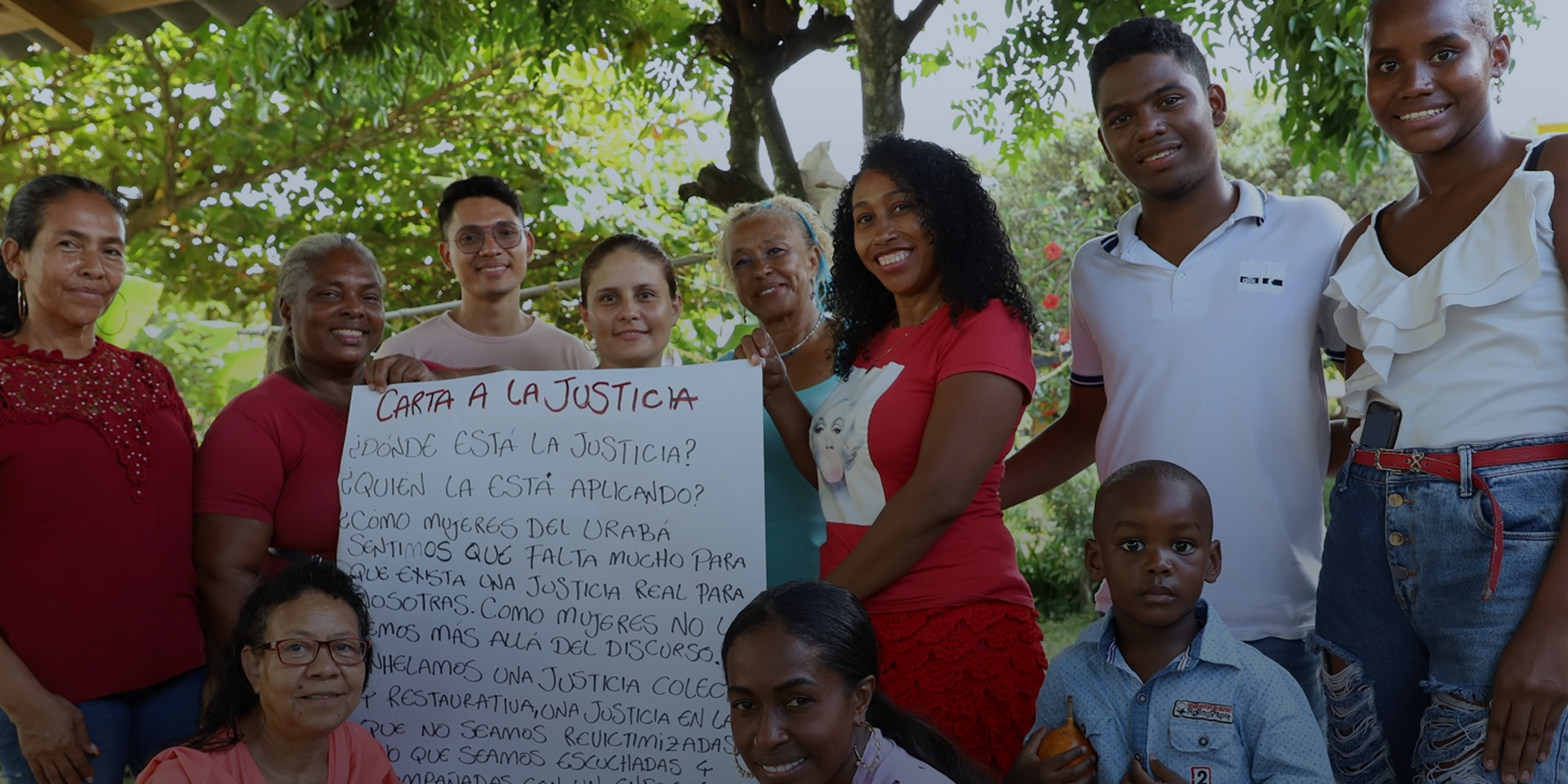
Supporting Access to Justice for Survivors of Gender-Based Violence
December 5, 2022 | 4 Minute ReadBy working with local organizations and judicial institutions in Colombia, we supported the improvement of access to justice for survivors of gender-based violence.
In 2020, there were more than 122,000 reported cases of gender-based violence (GBV) in Colombia. The country has also seen a rise in femicides in recent years. Since January 2022, the USAID Inclusive Justice Activity has been trying to improve Colombian citizens’ trust in the justice system by increasing access to justice services and reducing levels of impunity, including when it comes to GBV. Recently, in the town of Carepa in northern Colombia, my team organized a workshop to identify types of violence against women and justice referral pathways for survivors of GBV. Over 80 people, including social leaders, municipal officials, students, justice officials, and members of the general community took part in this activity and together concluded the day by illustrating a symbolic justice tree.
The Inclusive Justice Activity has taken a multi-sectoral approach that includes strengthening local civil society organizations and working with judicial institutions to integrate a gender-sensitive approach within the judicial branch. Two strategies have been developed to build more inclusive access to justice for survivors of GBV:
- The first strategy involves holding a contest among members of the legal branch that designates a ‘winner’ and promotes the incorporation of a gender perspective in judicial decisions.
- The second strategy is using a methodology called “Anchor and Umbrella,” which aims to strengthen local organizations that are already working to protect GBV survivors’ rights by providing them with the technical support of a national experienced feminist organization.
The Winning Judges
I was part of a jury that reviewed different judicial decisions to select the two that best applied a gender-sensitive approach – yes, a jury for a justice contest! Later this month, the National Gender Commission for the Judicial Branch in Colombia, with the support of the Inclusive Justice Activity, will reward the winning judge and magistrate. This will be the fifth year of this event, and each time the results of the contest are presented at law schools to an audience of more than 300 students and teachers.
One of the previous winners was Bárbara Talero, a magistrate who denied a request for an international return of a minor that was made by the father who was a proven aggressor towards the mother. The mother, without the father’s permission, took the child out of the country and escaped to Colombia, their natal country. The arguments to deny the petition were predicated on the safety risks of living with the father, and that an act of violence towards the mother constitutes an act of violence towards the child.
Another winner was Judge Adriana Mojica, a labor law judge in Ibagué, who compelled a company to reinstate a woman to her job from which she was fired after she filed a sexual harassment complaint. Judge Mojica ordered the company to sanction the aggressor and reinstate the woman to her position and compensate her for all the salaries she was owed during her absence.
This contest is an important example of how to promote access to justice for several reasons, including:
- Fostering ownership within the judicial branch by creating peer recognition while highlighting the relevance of a gender-sensitive perspective analysis in all areas of the law.
- Promoting access to justice for survivors of GBV. If judges perceive that incorporating a survivor’s perspective is important for the high judicial institutions, their case review will be more empathetic, more comprehensive in the GBV approach, and will result in opening the doors to justice for survivors.
- Setting an example for legal mentoring processes on taking a gender and survivor-based approach, and setting legal precedence through the winning rulings, which can be used as replicable models for other officials.
- Teaching students about gender equality, GBV awareness, and nondiscrimination by disseminating the results within academia and internalizing the importance of integrating these concepts into their professional activities from early on.
Umbrella and Anchor, More Than Just Inverted Shapes
‘Umbrella’ and ‘Anchor’ are two words that you will not usually see together. The Umbrella and Anchor methodology has been a strategy that USAID’s Justice Activities have been implementing to strengthen local non-governmental organizations (NGOs). It refers to the technical assistance given to a local women’s organization, anchored in its territory, by a recognized, experienced, and robust national NGO, which embraces them under an umbrella. The methodology allows for a dialogue between national and local organizations promoting mutual exchange of knowledge. It also builds a symbiotic relationship since they get in touch with national and local realities simultaneously and learn from legal cases occurring in various territories of the country.
For example, the ‘Anchor’ would be a local organization implementing a legal representation strategy for women survivors of violence. The ‘Umbrella’ would be the national organization supporting them in the drafting of the strategy and the legal advice provided to them for the representation of criminal cases.
The Umbrella and Anchor methodology can help improve access to justice for survivors of GBV in several ways, such as:
- Anchors are survivor-centered and help empower survivors. They work for the survivors and with the survivors. Anchor organizations are directly involved in the process, through constant dialogue, and on the survivor’s own terms. This approach is a proven method applied by the umbrella and has the potential for successful application since the anchors are close to the victim.
- The anchor organizations are able to build trust among women and survivors, where they are viewed inclusively and as a participant, not an outsider. When women approach these entities – which are supported by the umbrella organization – they will find an ally that has all the necessary support and know-how to handle their case.
- The legal counseling offered by anchors can be more inclusive, with an improved gender and inclusion perspective, after receiving training from a national feminist organization.
Combining These Practices to Improve Access to Justice
Both of these approaches give an integral view of the justice administration, ranging from national to local, while involving the institutional and non-governmental sectors. Together, they allow us to pinpoint bottlenecks for GBV survivors’ access to justice from the point of view of users and justice providers. They jointly create a streamlined process, starting from sensible and humane access to justice for survivors – including socio-emotional assistance – and progressing all the way up to a court decision that is permeated by an inclusive approach.
Banner image caption: Members of the civil organization Mujeres del Plantón in Apartadó Antioquia pose with “a letter to justice.” This photo was taken by the USAID Colombia Inclusive Justice Activity.
Posts on the blog represent the views of the authors and do not necessarily represent the views of Chemonics.



